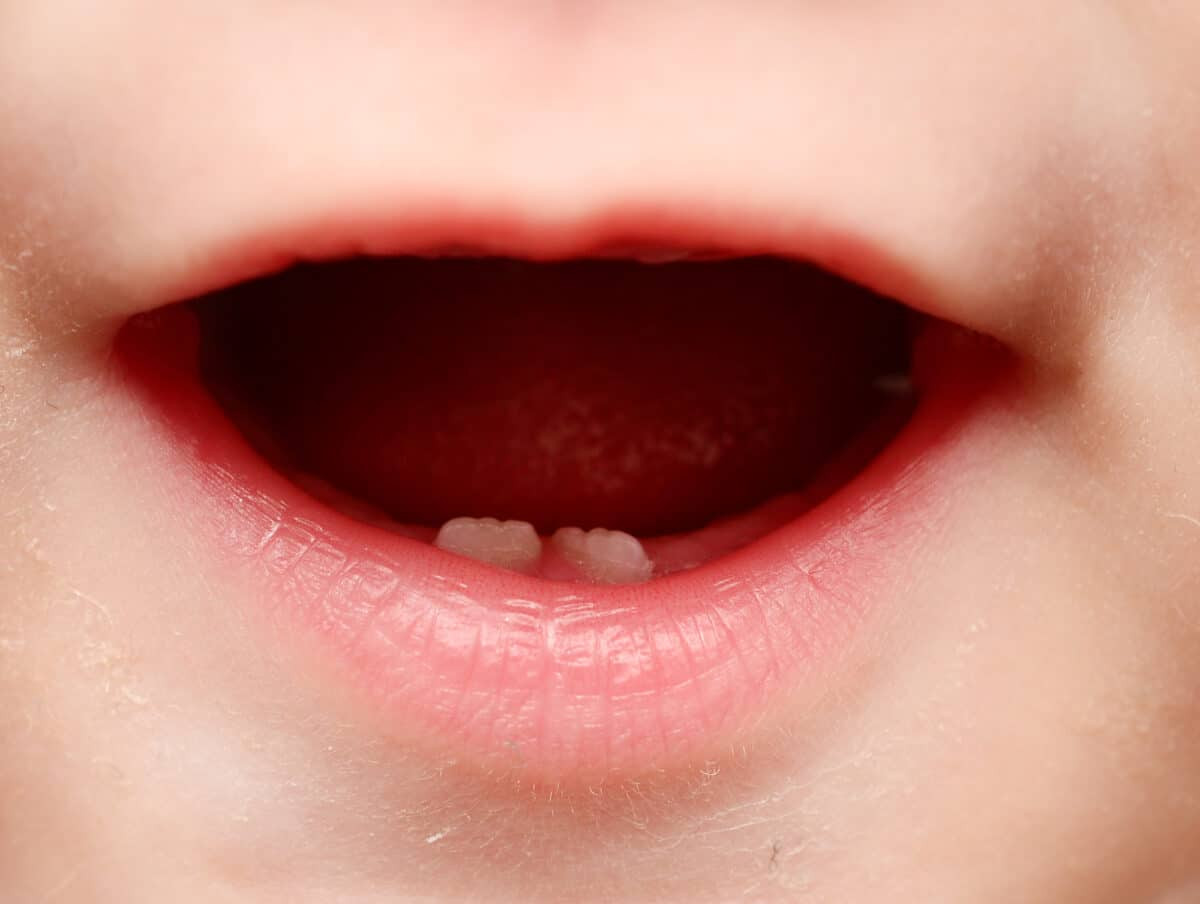
THE arrival of a newborn is undoubtedly one of life’s precious moments in most families.
However, this joyous occasion also comes with its share of challenges, particularly when the baby begins teething.
Across Africa, where approximately 42 million babies are born each year, parents face the universal struggle of soothing a teething infant.
In Zimbabwe alone, which accounts for about 0,3% of Africa’s daily births, countless parents experience the anxiety surrounding this developmental milestone.
While teething is a completely natural process, it has historically been misunderstood and even feared.
Surprisingly, in 1842, in the United Kingdom, teething accounted for 12% of all deaths in children under four years old.
Today, despite medical advancements, many parents still struggle to differentiate between normal teething symptoms and signs of illness, leading them to worry or, in some cases, neglect a serious condition.
Understanding the teething process is crucial for every parent.
- Open letter to President Mnangagwa
- Feature: ‘It’s worse right now than under Mugabe’: Sikhala pays the price of opposition in solitary cell
- Masvingo turns down fire tender deal
- Human-wildlife conflict drive African wild dogs to extinction
Keep Reading
This physiological phase begins between four to 10 months of age and continues until a child has a complete set of 20 primary teeth by about 30 months.
Tooth eruption is mainly determined by genetics and the process involves inflammation, gum trauma and subsequent healing, all of which can cause significant discomfort for the infant.
What are the common symptoms of teething?
The common symptoms parents should expect during teething include excessive drooling, which may lead to mild facial rashes, increased chewing on objects, visibly swollen and tender gums, general fussiness or irritability, a slight fever.
Hence, how do you determine whether the signs are normal or not?
A majority of parents mistakenly attribute symptoms like high fever, persistent diarrhoea, lethargy or dehydration, as well as refusal to eat to teething, when these may indicate infections such as rotavirus, bacterial illnesses or even herpes simplex virus, which can thrive in the irritated gums of teething infants.
This confusion can lead to dangerous delays in seeking appropriate medical treatment.
For instance, diarrhoea during teething often occurs not because of teething itself, but because babies tend to chew on contaminated objects to relieve gum discomfort.
Similarly, fever during this period may coincide with the natural decline of maternal antibodies, leaving infants more susceptible to various infections such as herpes simplex virus.
Therefore, recognising when to seek medical help is the most critical aspect of managing teething.
While some discomfort is expected, certain symptoms should prompt immediate consultation with a healthcare provider.
These include a fever exceeding 38°C, severe or prolonged diarrhoea, signs of dehydration such as sunken eyes or no wet diapers for six or more hours, excessive crying or refusal to eat.
Misinterpreting these warning signs as normal teething symptoms can have serious consequences and may even be fatal.
The recommended treatment for teething children, includes non-pharmacological, pharmacological and holistic approach.
Fortunately, the more options you have, the more you are likely to have preferences and be able to compare, but before considering medication, non-pharmacological approaches often provide significant relief.
These may include:
A gentle gum massage with clean fingers or a chilled, damp cloth that can help to counteract the pressure of emerging teeth.
Specially designed silicone teethers, chilled but not frozen to avoid tissue damage, offer babies a safe outlet for their chewing instincts.
For older infants who have started on solids, peeled cucumber slices or sugar-free teething rusks or bread can be helpful, though these should always be used under close supervision to prevent choking.
Managing the excessive drooling that often accompanies teething involves frequent, gentle wiping of the baby’s chin to prevent skin irritation, with a thin layer of petroleum jelly providing additional protection against rashes.
However, in cases where these measures prove insufficient and discomfort persists, limited pharmacological intervention may be appropriate, though always under medical guidance.
Paracetamol, administered at a dosage of 10 to 15 milligrammes per kilogramme every four to six hours (with a maximum of five doses per day), is considered safe for infants over two months old.
For babies older than six months, ibuprofen may be more effective in reducing inflammation, though it should be avoided in cases of dehydration.
It is crucial for parents to avoid outdated or hazardous remedies such as topical benzocaine gels, which carry risks of methemoglobinemia (a potentially dangerous blood condition) or homeopathic teething tablets that may contain unregulated ingredients like belladonna.
Similarly, the traditional practice of applying alcohol (whisky) to an infant’s gums is now recognised as both dangerous and ineffective since there are more side effects involved than the advantages.
In recent years, various alternative therapies have gained popularity among parents seeking natural solutions for teething discomfort.
However, caution should be exercised when considering these options.
Teething necklaces, whether made of amber or silicone, present significant choking and strangulation hazards hence should never be used without constant supervision.
While some parents explore acupressure or herbal treatments, scientific evidence supporting their effectiveness remains limited.
The foundation of effective teething management lies in careful observation, monitoring symptoms closely, distinguishing between normal discomfort and potential warning signs as well as consulting healthcare professionals when in doubt, especially if diarrhoea and fever are indicated.
Although the teething period may be very challenging, it is important to remember that it is only temporary.
With the right knowledge and approach, parents can be able to navigate and manage this phase with confidence, ensuring their child’s comfort while being able to act quickly if there are any signs of complications.
The journey of parenthood, though filled by challenges like teething as well as other oral health conditions, can become profoundly rewarding when approached with information, patience and attentive care.
Thus each time a tooth erupts, it is a representation of not just a developmental milestone, but also the resilience and adaptability of both the child and parent, it is a sign of success.
In conclusion, all parents should bear in mind that although teething is a natural process it mainly requires informed attention and care and it is always best to seek professional advice rather than dismissing potential warning signs.
It is also important to note that every child experiences teething differently, thus, what works for one may not work for another.
Hence staying patient, informed and celebrating each small step in your baby’s growth helps you to weather this challenging but ultimately rewarding phase of your child’s development.
Remain open-minded as a parent, enabling you to make informed decisions which allow you to focus on the joy of watching your little ones grow and thrive.
- Patience Matambo is a final year BSc Dental Surgery student at the People’s Friendship University of Russia. She can be reached at patiencedental2024@gmail.com










